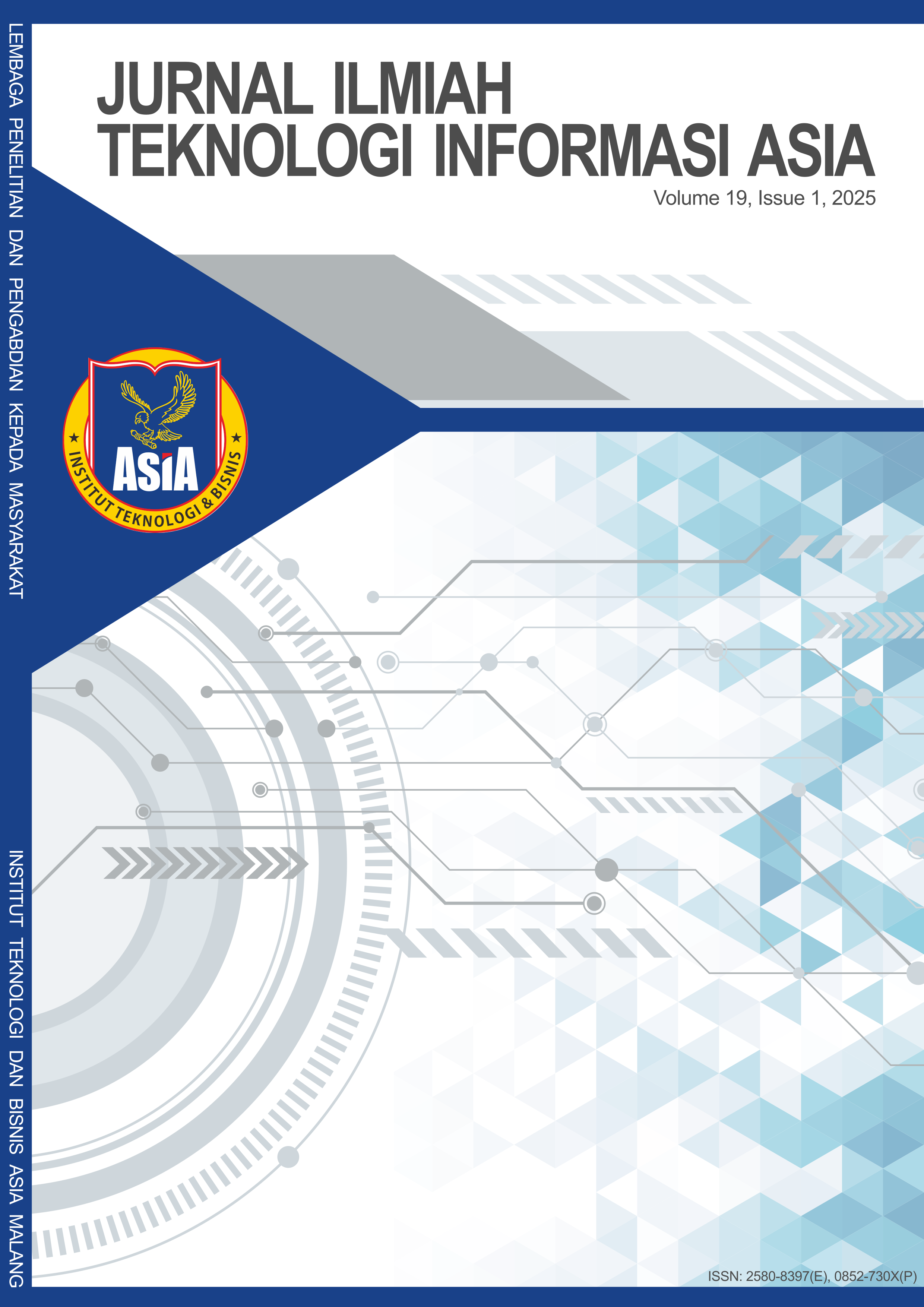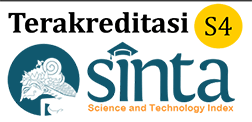Performance achievement analysis using linear regression and ARIMA (case study: KSP Credit Union Pancur Solidaritas)
DOI:
https://doi.org/10.32815/jitika.v19i1.1078Keywords:
arima, big data, performance, cooperative, linear regressionAbstract
Continuous performance measurement is important for organizations, especially cooperatives such as KSP (Koperasi Simpan Pinjam) Credit Union Pancur Solidaritas. This ensures work programs are planned and completed effectively and allows for ongoing success evaluation. Linear Regression and ARIMA are methods applied to set targets for organizational work programs and measure the cooperative's performance over time. This study aimed to examine performance achievement using Linear Regression and ARIMA (Auto Regressive Integrated Moving Average). The research used a quantitative descriptive approach. Study data included documentation on assets, member numbers, outreach activities, loan disbursements, overdue loans, and staff count for KSP Credit Union Pancur Solidaritas from 2021 to 2024. Data analysis employed Linear Regression and ARIMA tests performed using Python software. The study results showed that combining Linear Regression and ARIMA can produce three different performance possibilities: the highest anticipated performance (upper performance), the predicted performance (predicted performance), and the lowest possible performance (lower performance). Based on this analysis, the prediction for KSP CUPS member growth indicates an increase each month, with growth predicted to be 1,426 members by June 2025.
Downloads
References
Aminarianti. (2019). Analisis Kinerja Perusahaan Pada Pt. Jamsostek (Persero) Kantor Cabang Makassar (Pendekatan BSC). STIE Tri Dharma Nusantara, 1(1).
Arsenia, V., L. (2019). Analisis Pengukuran Kinerja Perusahaan Dengan Metode Balanced Scorecard (Studi Kasus Pada PT. Bank Jateng Cabang Utama Semarang). Universitas Diponegoro.
D’Amato, A., Festa, G., Dhir, A., & Rossi, M. (2021). Cooperatives’ performance relative to investor-owned firms: a non-distorted approach for the wine sector. British Food Journal, 124(13), 35–52. https://doi.org/10.1108/BFJ-03-2021-0275
Damayanti, D. A. (2023). Analisis Pengukuran Kinerja Perusahaan Melalui Key Performance Indicator Pada PT. XYZ. Serambi, 8(2).
Fauziyanti, W. (2019). Buku Ajar Koperasi Untuk Perguruan Tinggi. IKAPI.
Herwanto, P. (2023). Sistem Analisis Laporan Keuangan Dan Prediksi Kinerja Keuangan PT Astra International Tbk Dengan Model ARIMA (Autoregressive Integrated Moving Average). Inforamatika, 15(2).
Kiss, M., & Rácz, K. (2024). Beyond the formal economy. Social cooperatives for labour integration under the pressure of market competitiveness. Social Enterprise Journal, 20(4), 472–498. https://doi.org/10.1108/SEJ-09-2023-0112
Lwaho, J., & Ilembo, B. (2023). Unfolding the potential of the ARIMA model in forecasting maize production in Tanzania. Business Analyst Journal, 44(2), 128–139. https://doi.org/10.1108/baj-07-2023-0055
Nicholson, M. R. (2019). Cigarettes still legal? Tobacco’s impact on public health policy. Emerald Emerging Markets Case Studies, 9(1), 1–13. https://doi.org/10.1108/EEMCS-09-2018-0204
Permana, S. H. (2017). Strategi Peningkatan Usaha Mikro, Kecil, Dan Menengah (Umkm) Di Indonesia. Aspirasi, 8(1), 93–103.
Phung Duy, Q., Nguyen Thi, O., Le Thi, P. H., Pham Hoang, H. D., Luong, K. L., & Nguyen Thi, K. N. (2024). Estimating and forecasting bitcoin daily prices using ARIMA-GARCH models. Business Analyst Journal, 45(1), 11–23. https://doi.org/10.1108/baj-05-2024-0027
Vinsensius. (2023). Panduan Analisis Data Menggunakan Program SPSS, SMART PLS dan EVIEWS. Guepedia.
Additional Files
Published
How to Cite
Issue
Section
License
Copyright (c) 2025 Jurnal Ilmiah Teknologi Informasi Asia

This work is licensed under a Creative Commons Attribution 4.0 International License.
Upon acceptance for publication, authors transfer copyright of their article to Jurnal Ilmiah Teknologi Informasi Asia. This includes the rights to reproduce, transmit, and translate the material in any form or medium.
While the editorial board endeavors to ensure accuracy, they accept no responsibility for the content of articles or advertisements. Liability rests solely with the respective authors and advertisers.
Website material is licensed under a Creative Commons Attribution 4.0 International License (CC BY 4.0). Under this license, users are free to share and adapt the material for any purpose, including commercial use, provided license terms are met. These freedoms are irrevocable by the licensor under such conditions.














